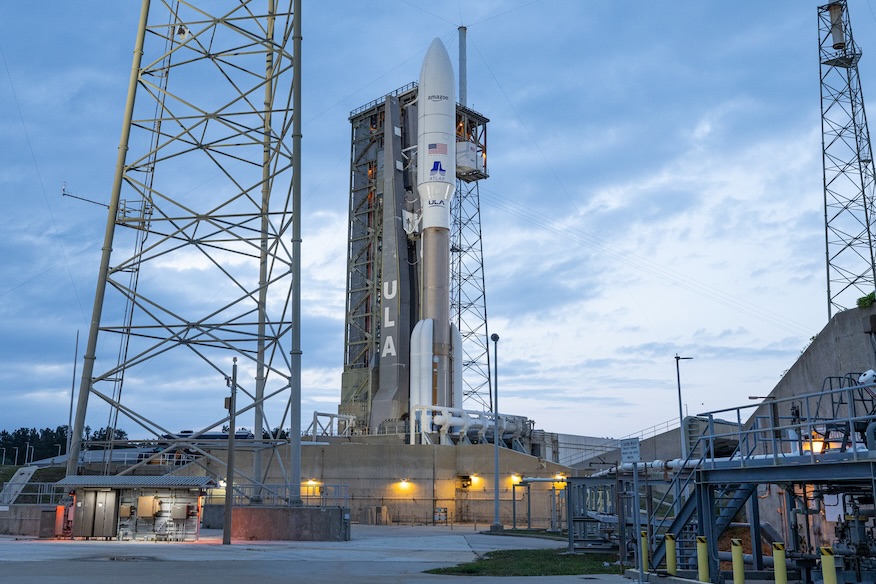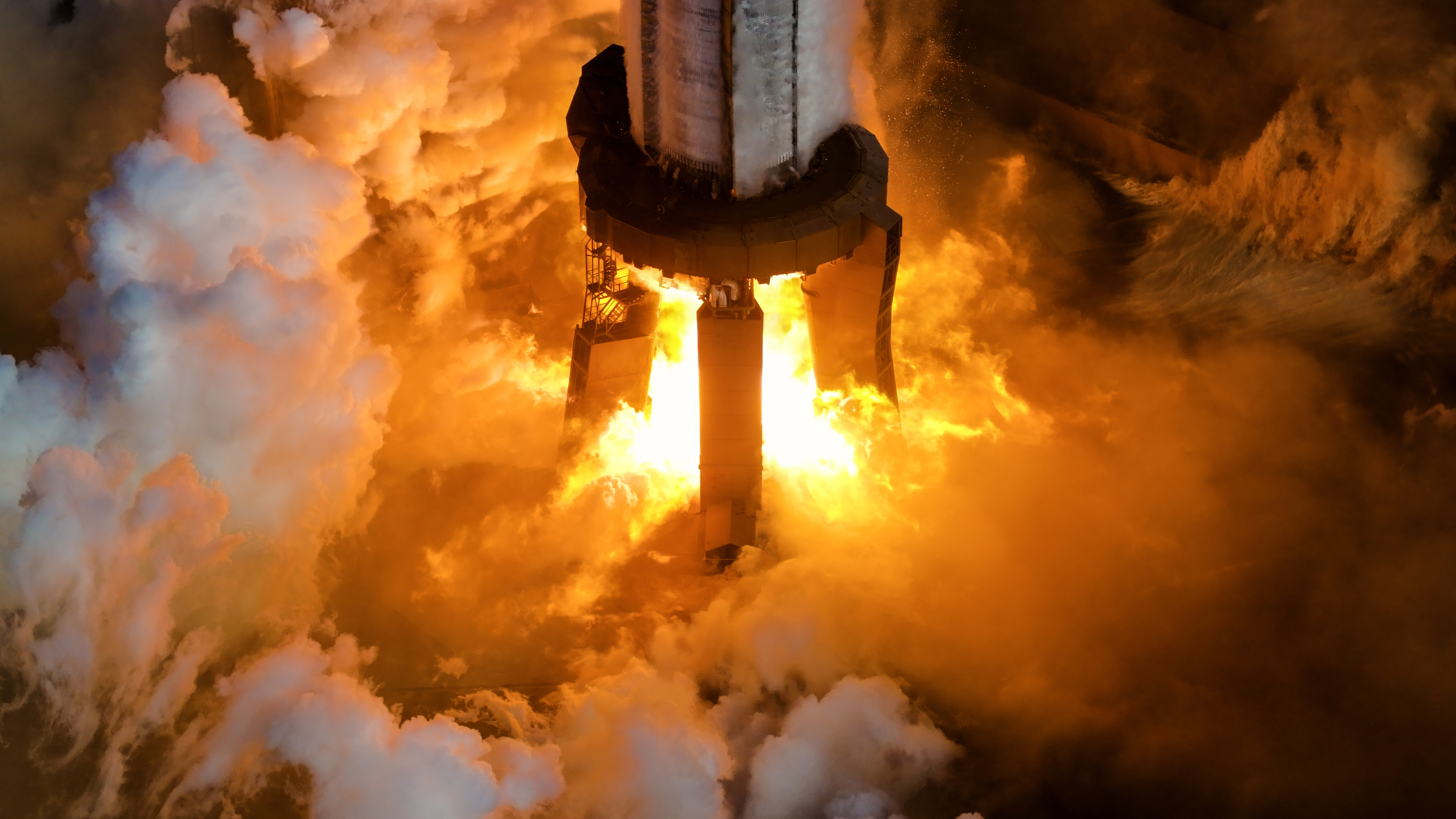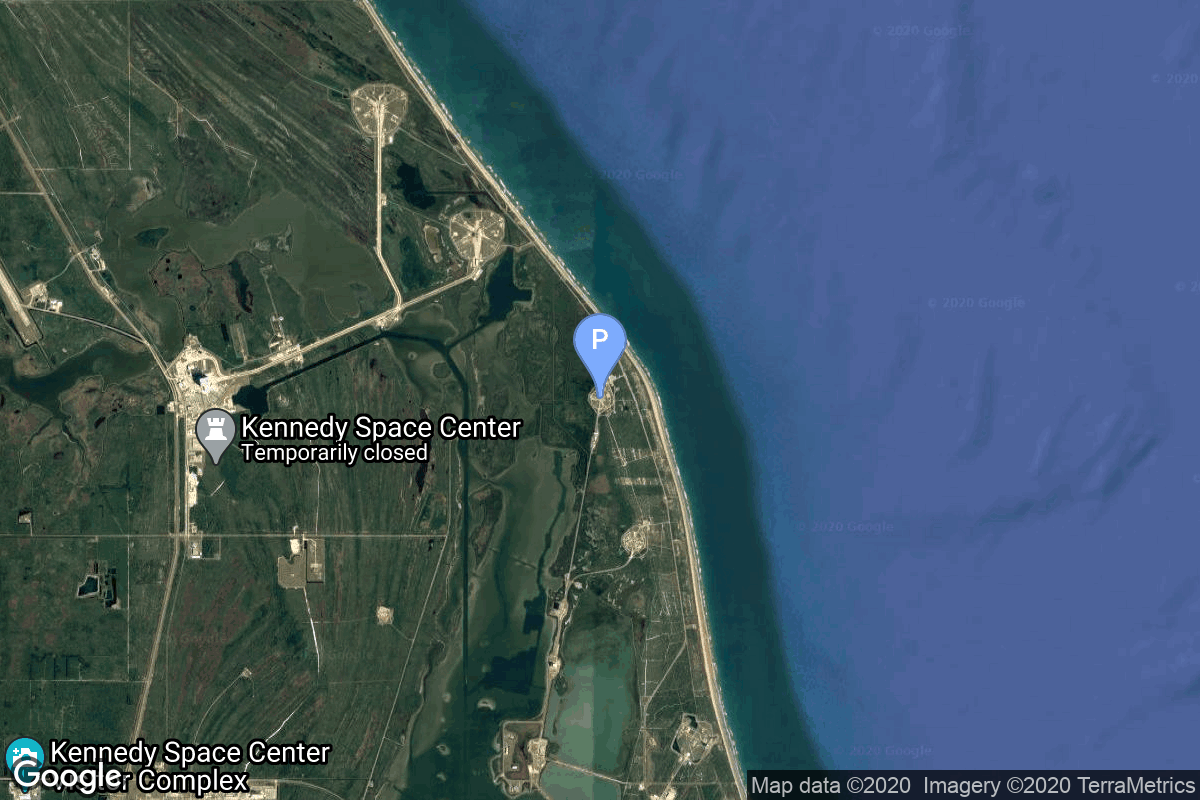Atlas V 551 | Project Kuiper (KA-01)
United Launch Alliance

Apr 28, 2025, 11:00 PM
Status: Go for Launch
Project Kuiper is a mega constellation of satellites in Low Earth Orbit that will offer broadband internet access, this constellation will be managed by Kuiper Systems LLC, a subsidiary of Amazon. This constellation is planned to be composed of 3,276 satellites. The satellites are projected to be placed in 98 orbital planes in three orbital layers, one at 590 km, 610 km and 630 km altitude.
Cape Canaveral SFS, FL, USA
Communications
United Launch Alliance

United Launch Alliance (ULA) is a joint venture of Lockheed Martin Space Systems and Boeing Defense, Space & Security. ULA was formed in December 2006 by combining the teams at these companies which provide spacecraft launch services to the government of the United States. ULA launches from both coasts of the US. They launch their Atlas V vehicle from LC-41 in Cape Canaveral and LC-3E at Vandeberg. Their Delta IV launches from LC-37 at Cape Canaveral and LC-6 at Vandenberg.
Project Kuiper (KA-01)
Project Kuiper is a mega constellation of satellites in Low Earth Orbit that will offer broadband internet access, this constellation will be managed by Kuiper Systems LLC, a subsidiary of Amazon. This constellation is planned to be composed of 3,276 satellites. The satellites are projected to be placed in 98 orbital planes in three orbital layers, one at 590 km, 610 km and 630 km altitude.
Low Earth Orbit
Communications

Atlas V 551
Atlas V is an expendable launch system in the Atlas rocket family. It was formerly operated by Lockheed Martin and is now operated by United Launch Alliance (ULA), a joint venture with Boeing. Each Atlas V rocket uses a Russian-built RD-180 engine burning kerosene and liquid oxygen to power its first stage and an American-built RL10 engine burning liquid hydrogen and liquid oxygen to power its Centaur upper stage. The RD-180 engines are provided by RD Amross, while Aerojet Rocketdyne provides both the RL10 engines and the strap-on boosters used in some configurations. The standard payload fairing sizes are 4 or 5 meters in diameter and of various lengths. Fairings sizes as large as 7.2 m in diameter and up to 32.3 m in length have been considered. The rocket is assembled in Decatur, Alabama and Harlingen, Texas.
Updates

Cosmic_Penguin
Apr 18, 2025, 10:48 PM
Rescheduled for April 28.
More info
Cosmic_Penguin
Apr 12, 2025, 1:25 AM
NET April 28.
More info
Cosmic_Penguin
Apr 12, 2025, 12:21 AM
Reverted back to April TBD.
More info
Cosmic_Penguin
Apr 10, 2025, 6:31 AM
NET April 14 per marine navigation warnings, TBC.
More info
Cosmic_Penguin
Apr 10, 2025, 12:47 AM
Scrubbed for the day, next attempt TBD.
More info
Cosmic_Penguin
Apr 10, 2025, 12:21 AM
New T-0.
More info
Cosmic_Penguin
Apr 10, 2025, 12:00 AM
New T-0.
More info
Cosmic_Penguin
Apr 9, 2025, 11:44 PM
New T-0.
More info
Cosmic_Penguin
Apr 9, 2025, 11:22 PM
New T-0.
More info
Cosmic_Penguin
Apr 9, 2025, 11:00 PM
New T-0.
More info
Cosmic_Penguin
Apr 9, 2025, 10:54 PM
Updating launch weather.
More info
Cosmic_Penguin
Apr 9, 2025, 10:47 PM
Holding at T-4 minutes.
More info
LL2
Apr 9, 2025, 10:31 PM
Official Webcast by United Launch Alliance has started
More info
hitura-nobad
Apr 8, 2025, 5:23 PM
Weather is 55% GO.
More info
Cosmic_Penguin
Apr 7, 2025, 2:58 PM
New launch window.
More info
Cosmic_Penguin
Apr 2, 2025, 5:15 PM
GO for launch.
More info
Cosmic_Penguin
Apr 2, 2025, 4:07 PM
NET April 9.
More info
Cosmic_Penguin
Oct 3, 2024, 4:16 AM
NET Q1 2025.
More info
Cosmic_Penguin
Jun 27, 2024, 6:53 PM
NET Q4 2024.
More infoReleated News

Launch Roundup: China to launch crew, Falcon 9 to launch Bandwagon rideshare
NASASpaceflight
Apr 21, 2025, 9:56 PM
ULA ready to launch first operational Amazon Kuiper mission
NASASpaceflight
Apr 9, 2025, 7:47 PM
Live coverage: ULA to launch 27 Amazon Project Kuiper satellites on Atlas 5 rocket from Cape Canaveral
Spaceflight Now
Apr 9, 2025, 2:12 PM
Launch Roundup: Project Kuiper becomes operational; Falcon 9 to launch three missions
NASASpaceflight
Apr 8, 2025, 9:36 PM
Rocket Report: Next Starship flight to reuse booster; FAA clears New Glenn
Arstechnica
Apr 4, 2025, 11:00 AM
Amazon targets April 9 for launch of 1st production satellites for its Project Kuiper internet mega-constellation
Spaceflight Now
Apr 3, 2025, 2:15 PM
Amazon Project Kuiper Set to Launch First Full Batch of Satellites Next Week
The Launch Pad
Apr 2, 2025, 11:23 PM
Project Kuiper readies long-awaited operational satellite launch
SpaceNews
Apr 2, 2025, 7:40 PM
ULA begins de-stacking Vulcan rocket, pivots to Atlas 5 launch of Amazon’s Kuiper satellites for first 2025 mission
Spaceflight Now
Feb 7, 2025, 6:52 PM
Amazon gears up for NASA satellite data relay demonstration
SpaceNews
Jul 18, 2024, 12:18 PM